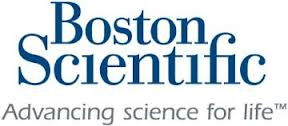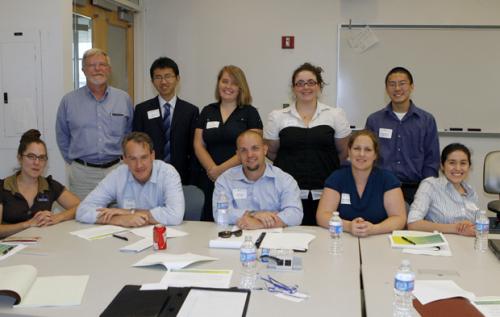Boston Scientific 2011-2012
Sponsor: Boston Scientific

Endoscopic Ultrasound-Guided Fine Needle Aspiration: Improving Diagnosis
Endoscopic ultrasound guided fine needle aspiration (EUS-FNA) was developed in the early 1990s as a minimally-invasive way to obtain biopsies within and near the gastrointestinal (GI) tract. While EUS-FNA is considered to be one of the safest means for obtaining tissue samples for use in detection of cancers of the GI tract, an aspirate-based biopsy sample collected by a single EUS-FNA needle pass is often inadequate for disease diagnosis. While various needle designs have been developed to optimize biopsy sample size and obtain diagnosable tissue samples, there is still room for improvement. The Boston Scientific SCOPE team is working to increase the diagnostic success of EUS-FNA through improving sample acquisition. Specifically, Boston Scientific has asked the SCOPE team to identify how different needle designs can improve EUS-FNA sample collection. To address this, the team is focusing on developing metrics for sample acquisition, developing additional test for needle design testing, and evaluating existing needle designs.
Faculty Advisor
Alisha Sarang-Sieminski
Team Members
Allison Cote
Roland Liu
Gabriella Perez-Villalobos, Wellesley College
Jessica Rucker
Jennifer Simonovich
Sam Sun
